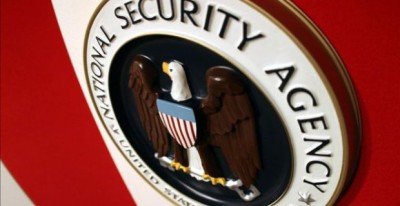Government agencies are the ones that have been the epicenter of cyber attacks. Since the Government agencies have a sensitive database which might contain crucial information about the countries armed forces it just becomes more appealing for the attackers. The data is often so sensitive that it can literally sabotage the countries diplomatic relations.
Recently the Whitehouse announced Cyber National Action Plan (CNAP) which charting out the path for the Government cybersecurity. Microsoft as a company has always been encouraging Government agencies to follow modern cyber security practices in order to keep their system safe and secure.

Cybersecurity Checklist for State and Local Government
Microsoft has now also announced a new checklist based on the national initiatives outlines in CNAP and Cybersecurity Checklist for State and Local Government. This checklist is aimed at gauging how their local Government agency fares when it comes to cyber security. Microsoft has also observed that when it comes to security most of the government agencies are rather slow to adapt. The statistics also reveals that 19 out of 24 major U.S government agencies consider security to be a “significant deficiency” or “material weakness.”
Security has been fast evolving in order to match the cyber criminals and it is the outdated measures that could make Government agencies increasingly vulnerable to the cyber criminals. The checklist by Microsoft contains various steps including, Multi-Factor Authentication, Data Encryption at Rest, Message Encryption, DOS, DDOS, IOS, Privileged User Identities, Rights Management, Session Locks, Restricted Login Attempts, Tiered Access Controls, Patched Systems and Real World Breach Simulation.
The checklist is not only expected to help Government agencies check the stability of their systems but it also aims at helping them prepare for an attack and familiarize with the ways one could cordon off once attacked.
One can download a copy of the checklist eBook from here.
Leave a Reply